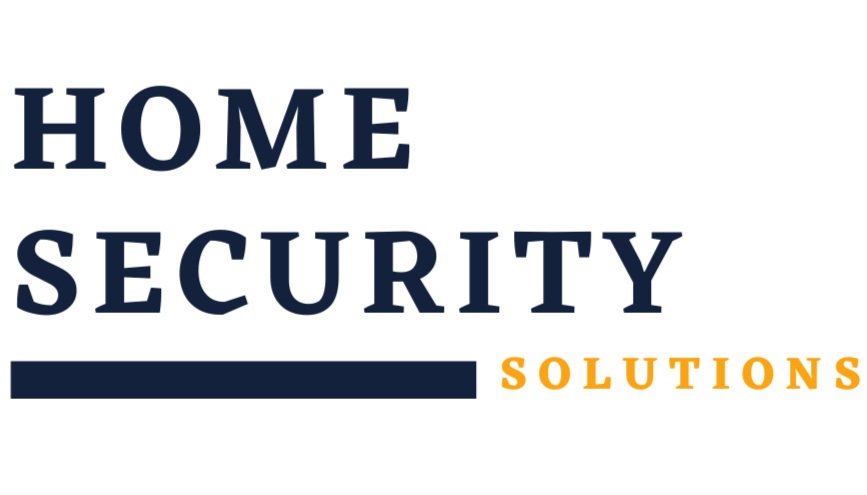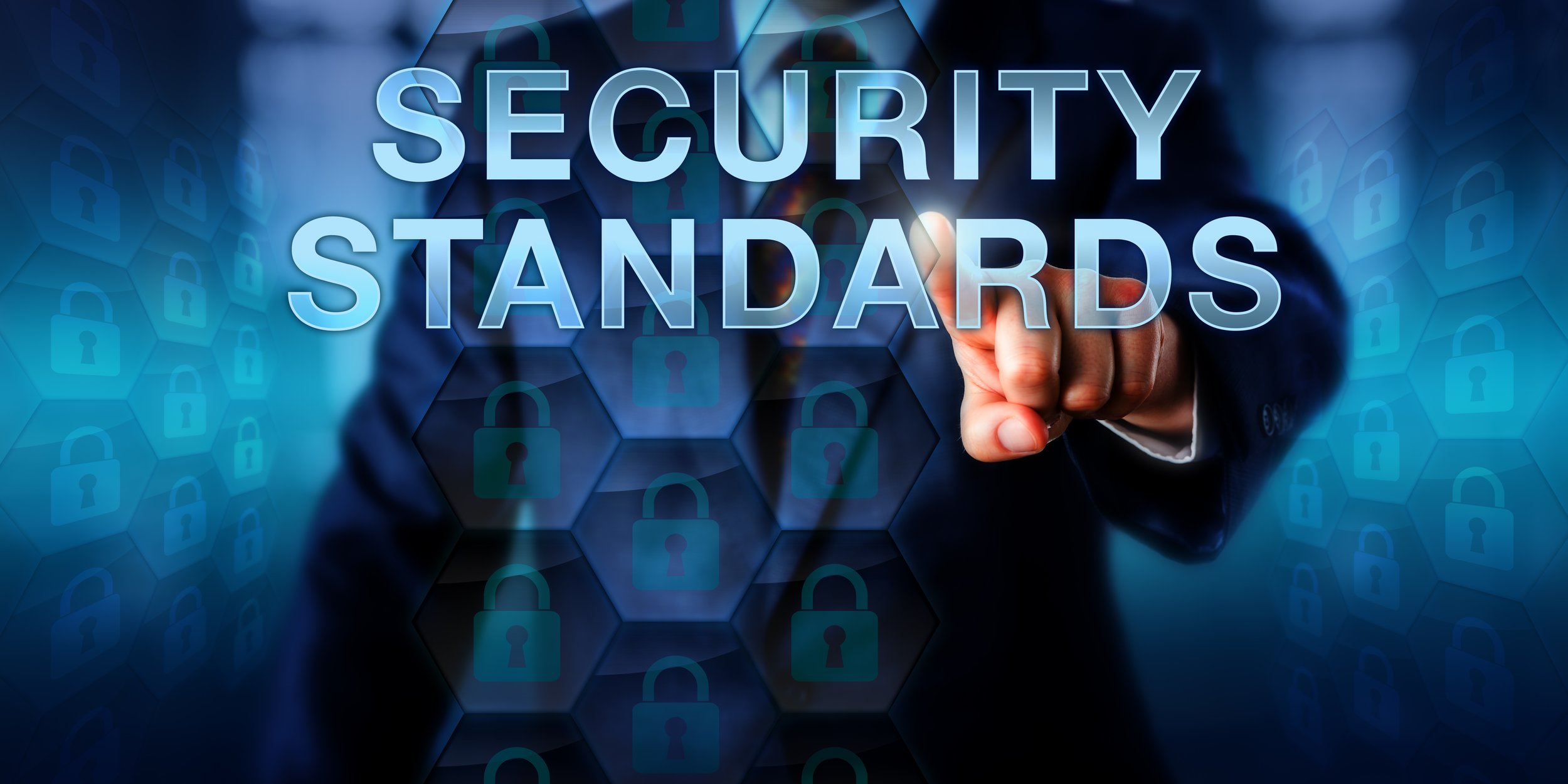Understanding Security Alarm Grades
The Significance of NSI Security Grading and EN-50131 in Security Systems
Security is a critical concern for both residential and commercial properties, and the effectiveness of an alarm system plays a pivotal role in providing the desired safety. To regulate this aspect, specific standards like NSI security grading and EN-50131 have been established to classify the levels of security offered by alarm systems. These standards provide a framework for grading alarm systems, which essentially allows consumers to understand the level of security they can expect and informs security companies about the minimum requirements needed for their products to meet industry standards. This article delves into the importance of alarm grading, what it implies, and how security companies are graded according to NSI and EN-50131.
The Importance of Security Alarm Grading
Alarm grading is crucial for several reasons. Firstly, it assures users of the quality and reliability of an alarm system they are considering purchasing or have already installed. Secondly, it helps in reducing false alarms, which can be a significant drain on the resources of emergency services. Thirdly, alarm grading influences the insurance classification of a property, and in some cases, it can directly affect insurance premiums. Furthermore, alarm grading helps in creating a competitive market where manufacturers are incentivized to refine and improve their products to meet higher standards.
Security Alarm Grades
EN-50131 Explained
EN-50131 is a grading system that defines how robust a security system is to outside tampering. This also means that your home security system is only as good as the lowest-grade product in the system.
EN-50131 is a European standard that defines the requirements for intruder alarm systems in residential and commercial properties. The standard specifies a range of requirements for the design, installation, and maintenance of intruder alarm systems, to ensure that they are reliable, effective, and fit for purpose. It also specifies the performance requirements for intruder alarm systems, including their ability to detect and report intrusions, their resistance to false alarms, and their ability to operate effectively in a range of environmental conditions.
EN-50131 is divided into several parts, each of which covers a different aspect of intruder alarm systems. These include:
Part 1: General requirements for intruder alarm systems
Part 2: Requirements for environmental classes
Part 3: Requirements for alarm transmission systems
Part 4: Requirements for warning devices
Part 5: Requirements for detectors
Part 6: Requirements for power supplies
Part 7: Application guidelines
Part 8: Requirements for Security Alarm Grades
The grades range from 1 to 4, with grade 1 providing the lowest level of protection and grade 4 providing the highest level of protection.
Grade 1: This grade is suitable for low-risk properties where the intruder is expected to have little or no expertise. The system must include detectors that cover all entry points, such as doors and windows, and must be able to detect intruders who attempt to bypass the system. It represents systems designed to counter attacks by opportunistic burglars using simple tools. These systems are suitable for properties with a low risk of burglary, such as small retail shops, or residential buildings in low-crime areas.
Grade 2: This grade is suitable for medium-risk properties where the intruder is expected to have more knowledge and some specialist equipment. The system must include detectors that cover all entry points and must be able to detect intruders who attempt to tamper with the system. Most domestic and small commercial installations fall under this grade, including higher risk residential areas or small businesses.
Grade 3: This grade is suitable for high-risk properties where the intruder will have both comprehensive knowledge and portable electronic equipment. The system must include detectors that cover all entry points and must be able to detect intruders who attempt to jam or block the system. This security alarm grade is appropriate for larger commercial properties or those with high-value contents.
Grade 4: This grade is suitable for very high-risk properties where the intruder has the expertise, access to good equipment, and planned intrusion. The system must include detectors that cover all entry points and must be able to detect intruders who attempt to use highly sophisticated equipment to bypass the system. These systems must withstand attempts at tampering and removal and are used for high-risk areas such as banks, museums, and large industrial sites.
It is important to note that the choice of grade depends on the specific security requirements of the property and the level of risk associated with it. In addition to security grades, EN-50131 also defines environmental classes that specify the environmental conditions in which the intruder alarm system must operate.
Why is knowing the EN-50131 grading important?
1) It determines the robustness of your home security system
2) Many home insurance companies may not protect your assets or offer a reduced home insurance premium unless your security system is Grade 2 and above
3) Some security response teams will only agree to take signals from Home Security Systems Grade to and above.
Based on the information above we would recommend investing in a home security system, where all components are EN-50131 grade 2 and 3.
NSI Certification Explained
The NSI stands for The National Security Inspectorate and is the leading certification in the UK that is retained by security companies that consistently meet British standards. NSI is also another certification considered by Home Insurance providers when quoting your premium against your home security system.
The National Security Inspectorate (NSI) is an independent, UKAS-accredited certification body for the security and fire safety sectors in the UK. The NSI provides certification for security and fire protection companies, demonstrating their compliance with British and International Standards and relevant Codes of Practice. The certification process involves regular, independent assessments by NSI's expert team of auditors, who subject approved companies to annual NSI audits to ensure they remain compliant.
The NSI offers a range of certification schemes for different areas of security and fire safety, including intruder alarms, CCTV, access control, fire detection and alarm systems, and security guarding. The certification schemes are designed to help homeowners, businesses, and public sector organizations identify and choose reputable security and fire protection companies that have been independently assessed and certified by NSI.
The NSI certification is recognized by the police, fire and rescue services, insurers, and other stakeholders in the security and fire safety sectors, and is often a requirement for companies that provide security and fire protection services. NSI certification provides reassurance to clients that the approved companies have been independently assessed and meet the highest standards of quality and professionalism
With regards to home security systems, the NSI certification covers the monitoring centre and the home security alarm provider separately, so be sure to research both before signing up with a home security company.
The Impact of Alarm Grading on Security Companies
Security companies must be graded to assure consumers that their services meet specific standards. To achieve this, security companies go through a stringent certification process that includes the evaluation of their management processes, staff qualifications, services provided, and the performance and reliability of their alarm systems.
When a security company is accredited by standards such as NSI and adheres to the EN-50131, it indicates that the company:
Has demonstrated a commitment to high-quality service delivery.
Meets all legal and regulatory requirements for the industry.
Employs skilled and reliable staff to provide and install alarm systems.
Conducts its business with integrity and follows the best practices.
Provides alarm systems that have been thoroughly tested to function effectively in the situations they’re designed for.
Why EN-50131 and NSI Security Standards Matter
The enforcement of these standards is significant for several reasons:
Consumer Assurance: Customers can be confident that certified systems are designed to meet or exceed the security needs for which they are rated.
Regulatory Compliance: Security companies that comply with these standards are poised to meet regulatory obligations, reducing the risk of legal repercussions.
Insurance Acknowledgment: Insurers frequently recognize these standards and may offer better terms for properties protected by graded alarm systems.
Quality Differentiation: The gradings create a clear way to differentiate products based on the security levels they provide, facilitating a more informed purchasing decision.
International Consistency: EN-50131 being an international standard, provides a consistent level of protection for properties across the European Union, assuring users of the same minimum quality regardless of the country.
Challenges and Considerations with Security Alarm Grades
Security companies face the challenge of consistently ensuring their products and services remain compliant with the standards, as failure to do so can result in losing their certification. They also need to balance between implementing robust security measures and maintaining cost-effectiveness to cater to different market segments.
Installers and consumers alike must consider the appropriate grade of the alarm system based on the risk assessment of the property. Over-grading can result in unnecessary costs, while under-grading could lead to inadequate security.
Moreover, technology advancements require regular standard updates, to which both the NSI and EN-50131 must adapt. Security companies must evolve with these changes to stay certified and competitive in the market.
Conclusion
Understanding alarm grading through the lens of NSI security alarm grades and EN-50131 standards gives both consumers and providers a clear framework within which to operate. For consumers, it means they can choose a security system that meets their specific needs with confidence. For security companies, adhering to these standards showcases their commitment to quality and reliability.
In a world where security threats are dynamic and ever-changing, the grading of alarm systems is a pillar that supports the ongoing effort to keep properties and their occupants safe. As these standards evolve with technological advancements and new risks, they continue to underpin a system where safety and security are achievable and sustainable goals for everyone.


